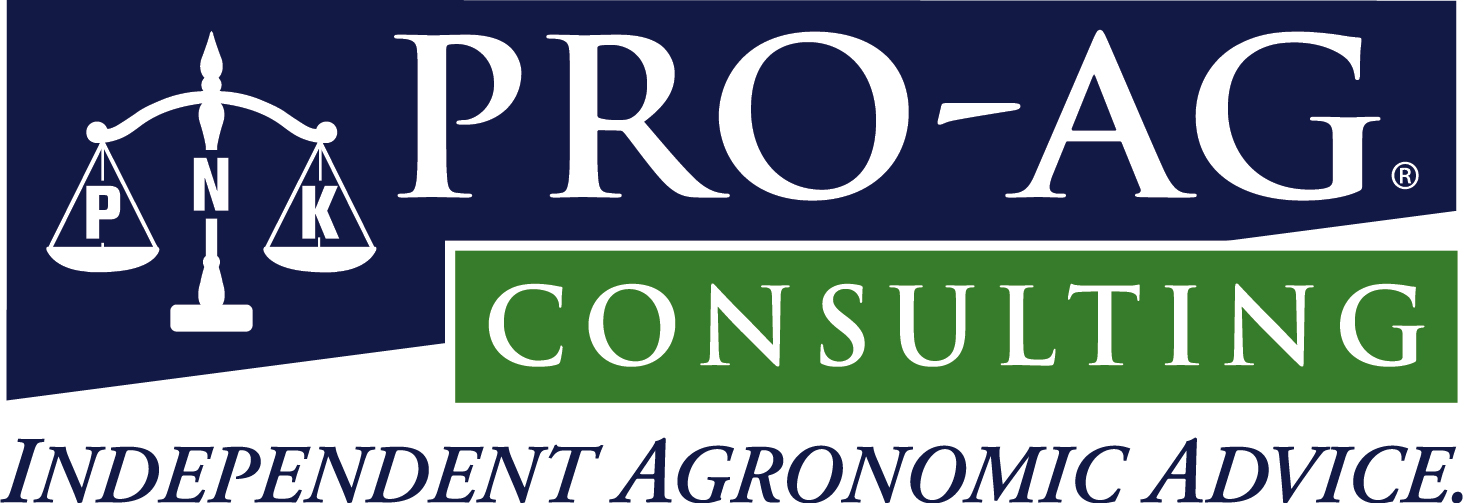Initial reports suggest that yields on corn-after-corn (corn produced on land that was in corn the previous year) are significantly lower than corn-after-soybean yields. Lower corn-after-corn yields could cause soybeans to be more profitable than corn-after-corn. On high-productivity farmland, a 27 bushel lower yield for corn-after-corn than for corn-after-soybean could cause soybeans to be more profitable than corn-after-corn.
In arriving at 27 bushels, the following prices, yields, and costs are used:
165 bushel corn-after-soybean yield,
50 bushel per acre soybean yield,
$6.25 per bushel price for corn,
$13.00 per bushel price for soybeans,
$500 per acre non-land cost for corn, and
$290 per acre non-land cost for soybeans.
These values appear to be reasonable estimates for 2011. Yields are lower than expected at the beginning of the year due to adverse weather in 2011. Also, the above costs do not include land costs, which are assumed to not vary whether corn or soybeans are grown.
Using the above values, the return before land costs for corn is $531 per acre ($6.25 corn price x 165 yield – $500 non-land cost). The return before land costs for soybeans is $360 per acre ($13.00 soybean price x 50 bushel yield – $290 per acre non-land cost). Corn-after-soybeans has a $171 per acre projected higher return than soybeans ($171 = $531 – $360).
If corn-after-corn has the same costs as corn-after-soybeans, the yield where corn-after-corn has the same return as soybeans is 138 bushels. The 138 bushels causes corn to have a return of $360 per acre ($6.25 corn price x 138 yield – $500 non-land costs). The 138 bushel yield is 27 bushels below the 165 bushel for corn-after-soybeans.
The above analysis does not include crop insurance. If crop insurance payments occur at yields above the break-even corn-after-corn yield, corn-after-corn will be more profitable than soybeans. If crop insurance payments occur at yields below the break-even corn-after-corn yield, crop insurance will limit difference in returns between corn and soybeans. From a crop insurance perspective, the negative to corn-after-corn is that a lower 2011 yield will lower the APH in future years, thereby lowering the safety net provided by crop insurance.
From a historical perspective, corn prices are high relative to soybean prices. This causes increases in yield drags required to have corn-after-corn at the same return level as soybeans.
Issued by Gary Schnitkey
Department of Agricultural and Consumer Economics
University of Illinois
